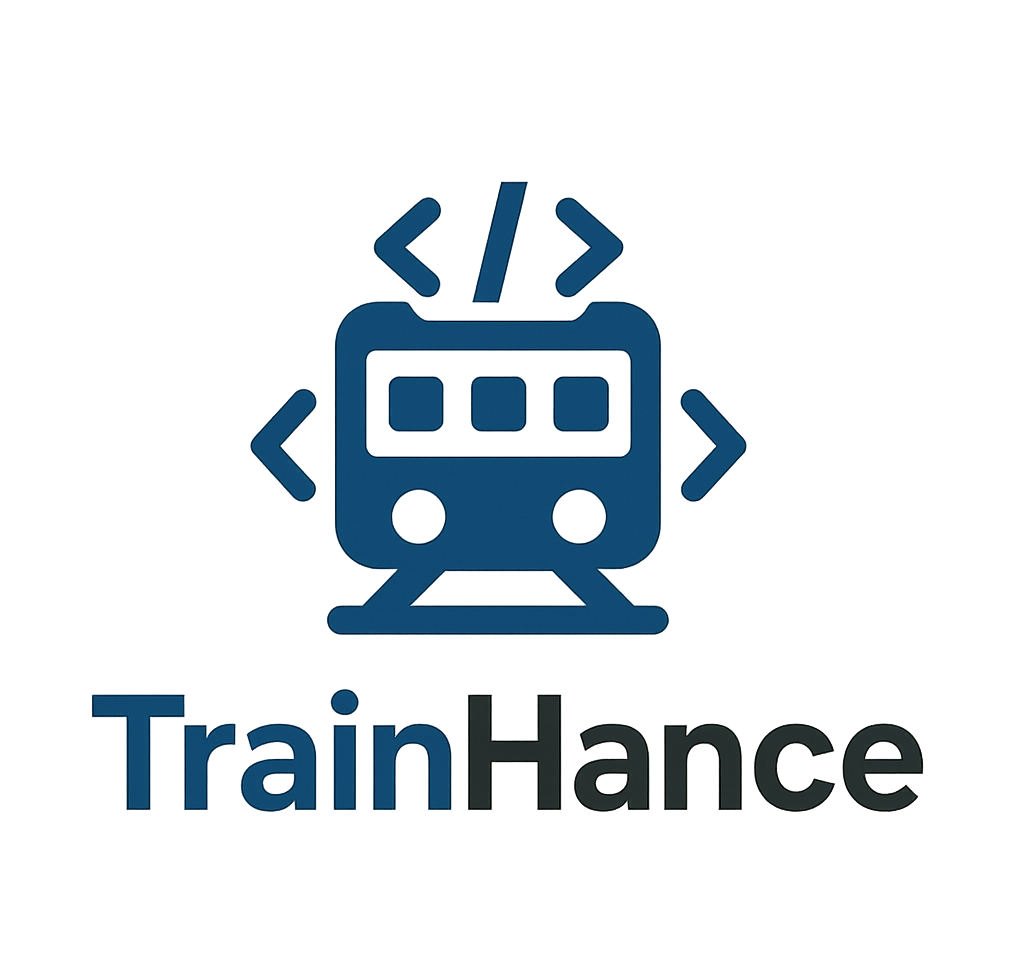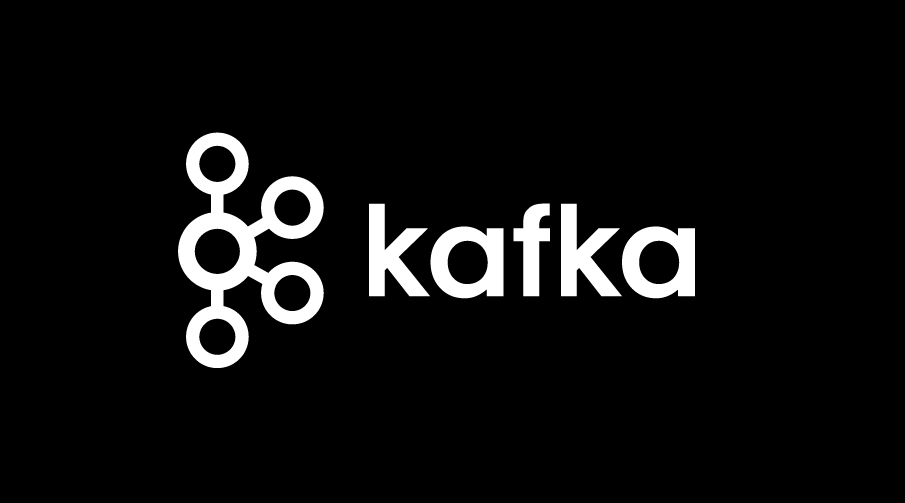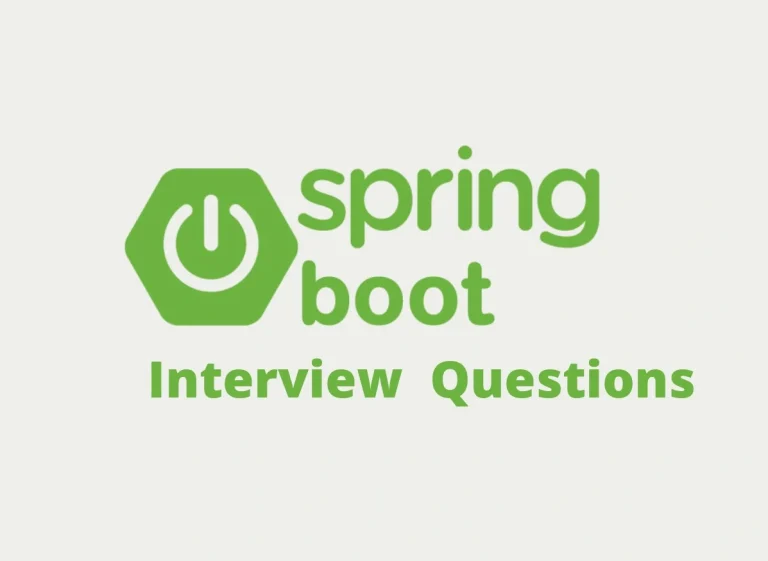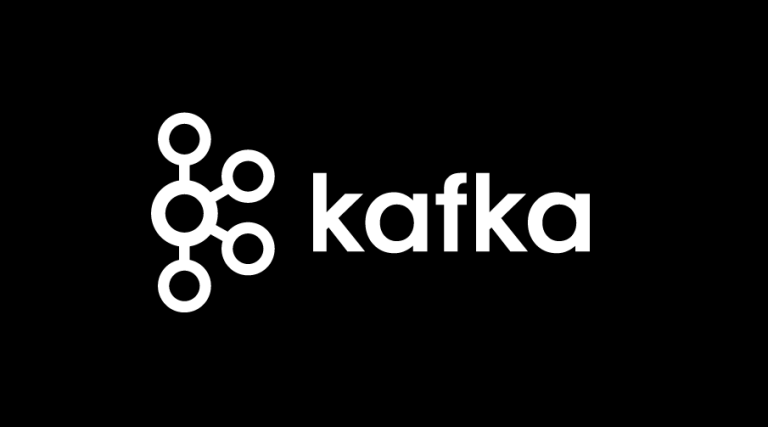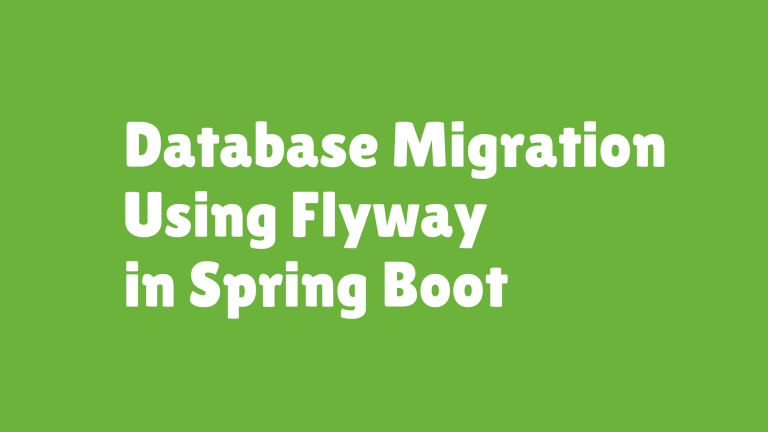Event Sourcing with Kafka CQRS+ Spring Boot Setup
Event sourcing is a powerful architectural pattern that stores changes to an application’s state as a sequence of immutable events. Apache Kafka, a distributed event-streaming system, provides the scalability and durability required to serve as the backbone of an event-sourced architecture. Combining Kafka with patterns like CQRS (Command Query Responsibility Segregation) creates a solid foundation for building robust, real-time systems.
This article explores event sourcing in detail, describes how Kafka can serve as an event store, explains the CQRS + Kafka architecture, and highlights the pros, cons, and pitfalls of this approach. Practical Spring Boot examples are included to guide you through implementation.
Table of Contents
- What is Event Sourcing?
- Using Kafka as the Event Store
- CQRS + Kafka Architecture
- Pros, Cons, and Pitfalls
- Spring Boot Event Sourcing Example
- External Resources for Deeper Learning
- Final Thoughts
What is Event Sourcing?
Event sourcing is an architectural pattern where the state of the application is derived by replaying a sequence of events, rather than storing the application’s current state directly.
Key Concepts
- Events as the Source of Truth
Every change in the application’s state is captured as an immutable event. For example, rather than storing a user’s current balance, you record all deposit and withdrawal events. - Immutability
Events are never modified or deleted after they are written, ensuring a reliable audit trail. - Replayability
You can rehydrate the application state by replaying all historical events.
For more information on the concept of event sourcing, refer to the Wikipedia page on Event Sourcing.
Using Kafka as the Event Store
Kafka is an ideal candidate for an event store due to its distributed, durable, and fault-tolerant nature. Events can be stored in Kafka topics, where they remain appended in log form and can be consumed or replayed as needed.
Benefits of Kafka as an Event Store
- Durability: Events are stored persistently on Kafka brokers, ensuring they are fault-tolerant.
- Scalability: Kafka can handle millions of events per second across multiple partitions.
- Retention Policies: Topic retention allows for historical replay of events.
Topic Design Example in Kafka
Each event type should map to its topic. For example, in an e-commerce system:
user-eventsfor user-related actions (sign-ups, updates).order-eventsfor order-related events (order created, item added).
A typical topic retains all events, which makes rebuilding the state straightforward.
Sample Kafka Application Properties (Spring Boot):
spring.kafka.bootstrap-servers=localhost:9092
spring.kafka.producer.key-serializer=org.apache.kafka.common.serialization.StringSerializer
spring.kafka.producer.value-serializer=org.apache.kafka.common.serialization.StringSerializer
spring.kafka.consumer.key-deserializer=org.apache.kafka.common.serialization.StringDeserializer
spring.kafka.consumer.value-deserializer=org.apache.kafka.common.serialization.StringDeserializer
spring.kafka.consumer.auto-offset-reset=earliest
Event Publishing Component:
@Service
public class EventPublisher {
private final KafkaTemplate<String, String> kafkaTemplate;
public EventPublisher(KafkaTemplate<String, String> kafkaTemplate) {
this.kafkaTemplate = kafkaTemplate;
}
public void publishEvent(String topic, String key, String event) {
kafkaTemplate.send(topic, key, event);
System.out.println("Event Published to topic " + topic);
}
}
CQRS + Kafka Architecture
CQRS (Command Query Responsibility Segregation) is a pattern that separates the write and read concerns of an application. When paired with Kafka, it creates a robust architecture for event sourcing.
How It Works
- Command Side:
- User actions generate commands (e.g., “CreateOrder”).
- Commands result in events, which are persisted to Kafka topics (event store).
- Query Side:
- Events from the Kafka topics are consumed to build and update read models optimized for queries.
- Consumers maintain denormalized views in databases or caches (e.g., Elasticsearch).
Example Architecture Diagram
Client -> Command Handler -> Kafka (Event Store)
|
v
Consumer -> Read Model
-> Query Handler
Simple CQRS Example in Spring Boot
Command Side: Using a REST Controller to generate events.
@RestController
@RequestMapping("/orders")
public class OrderCommandController {
private final EventPublisher eventPublisher;
public OrderCommandController(EventPublisher eventPublisher) {
this.eventPublisher = eventPublisher;
}
@PostMapping("/create")
public String createOrder(@RequestParam String orderId, @RequestParam String userId) {
String event = String.format("{\"orderId\":\"%s\", \"userId\":\"%s\", \"status\":\"CREATED\"}", orderId, userId);
eventPublisher.publishEvent("order-events", orderId, event);
return "Order Created";
}
}
Query Side: Consuming events to build a read model.
@Service
public class OrderEventHandler {
private final Map<String, String> orderReadModel = new ConcurrentHashMap<>();
@KafkaListener(topics = "order-events", groupId = "order-group")
public void onEvent(String message) {
// Update the read model
String orderId = JsonParser.parse(message).get("orderId").toString();
orderReadModel.put(orderId, message);
System.out.println("Updated Read Model with Order ID " + orderId);
}
public String getOrder(String orderId) {
return orderReadModel.get(orderId);
}
}
Pros, Cons, and Pitfalls
Pros
- Audit Logging: All changes are traceable via event history.
- Replayability: Ideal for debugging and rebuilding corrupted states.
- Scalability: Leveraging Kafka’s distributed architecture ensures robust performance.
Cons
- Storage Costs: Long event retention can lead to increased storage requirements.
- Replay Complexity: Replaying large sets of data has performance implications.
- Data Evolution: Maintaining backward compatibility for older events requires discipline.
Pitfalls to Avoid
- Naive Topic Design: Poorly structured topics can introduce bottlenecks or complexity.
- Retention Policies: Deleting events too early undermines the benefits of event sourcing.
- Overengineering CQRS: Only implement CQRS if the application requires separation of concerns.
Spring Boot Event Sourcing Example
End-to-End System
- Event Model: Define consistent event schemas. Use tools like Avro or JSON.
- Kafka Producer Configuration: Publish events to Kafka topics.
- Kafka Consumer Configuration: Process events to maintain read models.
Sample End-to-End Spring Boot App:
- Producer: REST endpoint for publishing events.
- Consumer: Kafka Listener for maintaining read models.
- Database Integration: Store denormalized views into MongoDB or Elasticsearch for querying.
External Resources for Deeper Learning
- Apache Kafka Documentation
- Event Sourcing on Wikipedia
- CQRS Explained by Martin Fowler
- Spring Kafka Documentation
Final Thoughts
Event sourcing with Kafka is a reliable approach for capturing and replaying application state. When combined with CQRS, Kafka excels in building scalable, high-performance systems that benefit from a clean separation of command and query pathways. However, it’s important to plan for pitfalls like storage overhead and replay complexities.
Spring Boot simplifies the implementation of event sourcing and CQRS patterns by providing Kafka integrations out of the box. Use this guide as a reference to kickstart your event-driven architecture with confidence!
Bookmark this page and start building the future with Kafka as your event backbone.
